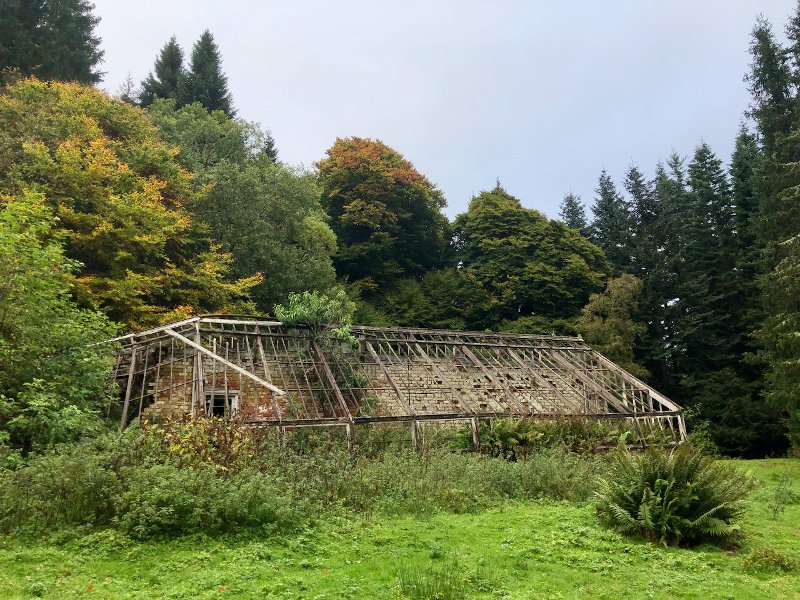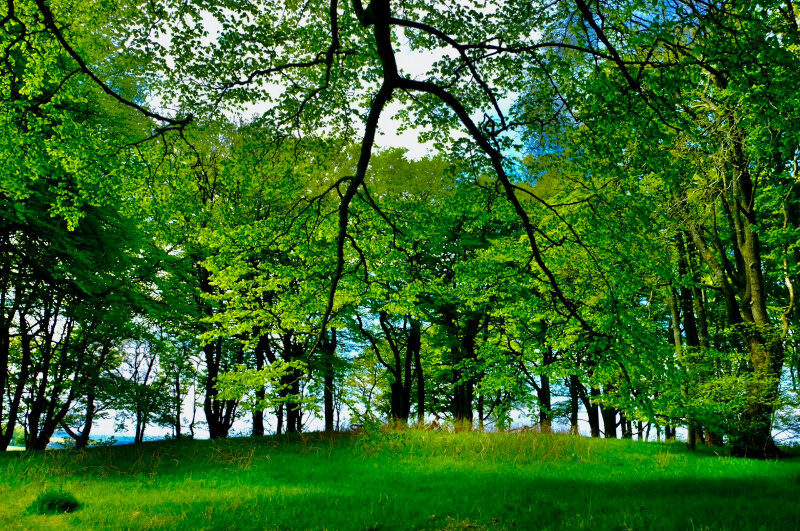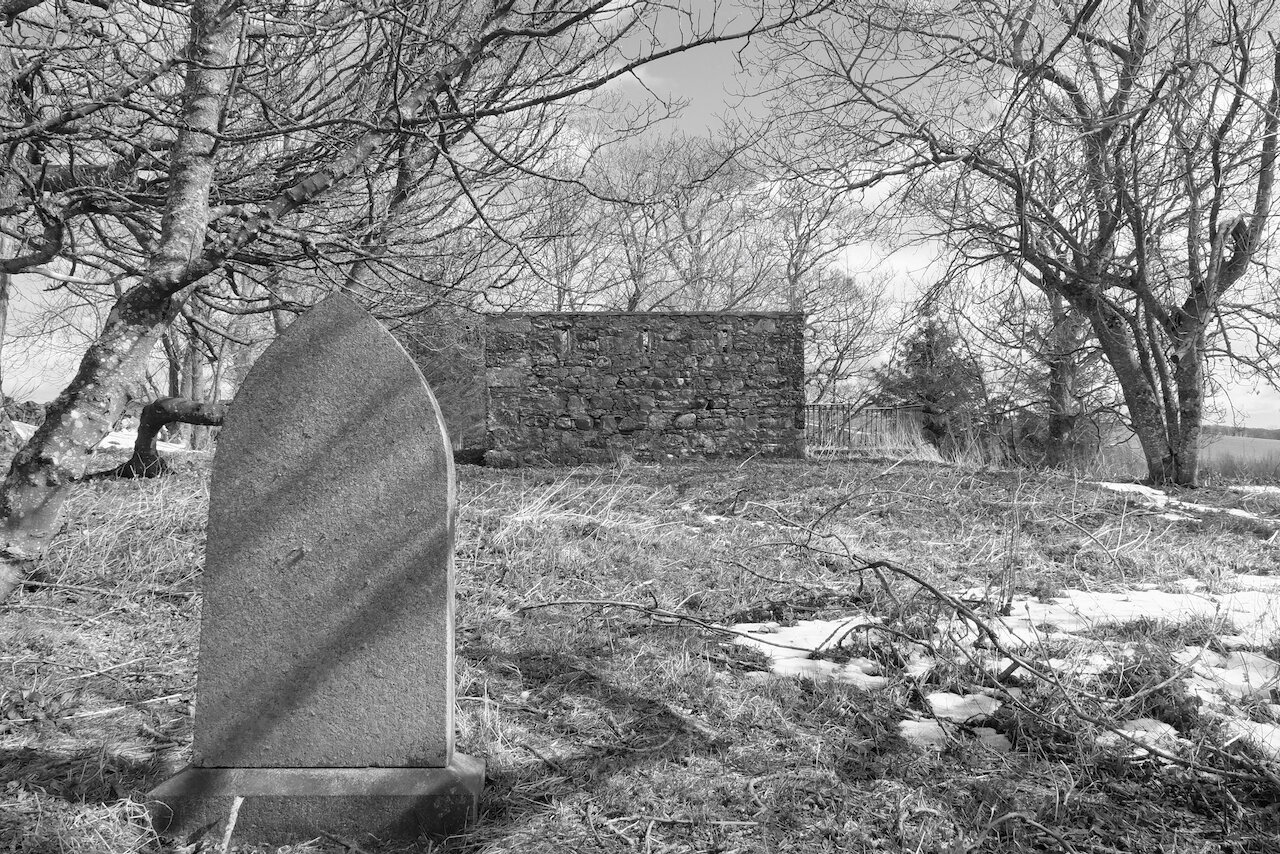Return to Lewis
/By Ian Grosz:
It had been fifteen years since I had last sailed on the Lewis ferry. The largest of the islands of the Outer Hebrides, Lewis is separated from the mainland of Scotland by an often stormy stretch of sea known as the Minch, the crossing twice that of Dover to Calais. This distance, and its Celtic, Gaelic heritage, has maintained Lewis’s mystique in the imagination. Romanticised through the ages but found often lacking by its visiting authors, a series of historic writers from Johnson’s infamous eighteenth-century post-Union A Journey to the Western Islands of Scotland, to Louis MacNeice’s I Crossed the Minch in 1937, have been less than kind about the islands.[1]
MacNeice, a Belfast born, Oxford educated poet, playwright, BBC producer, writer and critic, declares in the opening to his travelogue of the journey he took through the Hebrides, that ‘I doubt that I shall visit the Western Islands again.’ Filled with the memories of childhood visits to Connemara and the vicarious childhood memories of his father’s own Connemara childhood, MacNeice experienced an ‘out-of-placeness’ that came as a surprise on an island where he hoped to find something of his own ‘Celtic soul.’
‘What is shocking is to find an island invaded by the vices of the mainland,’ he says, his sentimental view of what life should be there, knocked off-kilter to find a crofter industrialise the weaving of Harris Tweeds, capitalising on the work and skills of his own community. Islands, no matter how romantic, are never as isolated and changeless as we might imagine. I sit at a window table and look out to Ullapool’s slowly shrinking harbourside cottages, and the mist and drizzle beginning to shroud the hills. The Summer Isles slip by to starboard and the boat passes quietly into the strangeness of the sea-swell and the mist, the horizon indistinct, a thin grey line between sea and sky.
*
Driving off the boat and into the town, the years that have passed since I lived here suddenly contract to meet me. Nothing at first appears to have changed: like I have never left and am simply returning from a visit to the mainland, but I stop at a new supermarket to pick up some supplies before driving to Achmore where I will be staying ten miles south of Stornoway. The supermarket is full of teenagers on their lunchtime break from school, their universal Americanised accents shaped more by social media and Netflix than by the islands. At the checkout, the lady putting my shopping through the till is English.
The first morning I wake to find it wet and windy: the kind of wind that makes the rafters moan and snatches a car door from your hands. After breakfast I take a drive down the single-track road to Stornoway through the moor, chasing the ghost of Lewis poet Iain Crichton Smith. Crichton Smith had grown up in Lewis during the Second World War, learning English as a second language in school and leaving the islands to attend University in Aberdeen, before becoming a school teacher which he remained until he retired in Oban on the west coast of Scotland to write full-time in 1977. He was one of few island poets to find success writing in both English and Gaelic, and although he never returned to live on the island of his youth, it remained a fundamental part of his identity as both poet and person.
Passing cold grey lochans alive with waves, and peatbanks signalled by rows of tattered plastic bags and upturned wheelbarrows scattered along their length; lonely looking, makeshift shielings sitting high on the moor, I pull over and look out across its undulating expanse, feeling its apparent emptiness in the pit of my stomach. I am reminded of Crichton Smith’s description of the setting for his childhood home. ‘My house lay between the sea and the moor,’ he tells us; ‘the moor which was often red with heather, on which one would find larks’ nests, where one would gather blaeberries: the moor scarred with peatbanks, spongy underfoot: blown across by the wind (for there is no land barer than Lewis).’[2]
No land barer; and yet the moor was filled with untapped memory and story, locked away like the carbon stored within the peat. I wondered how the moor appeared to the local crofters on their way home from the town. The moor’s monochrome appearance to me, a result of the lack of colour that can be painted by the brush of emotional attachment, but even Crichton Smith had articulated this chromatic sameness: ‘The sky of Lewis above the stones, the sea, the bleak landscape almost without distraction of colour.’ Today it seemed a fitting description. I put the van into gear and continue on, following the long and empty road toward Stornoway. I arrive at the town by the land-fill site, gulls crowding greedily overhead, before the road gives way to familiar looking streets and houses that almost erase the time since I lived here completely. I stop at the supermarket again, picking up some last-minute supplies I’d forgotten yesterday. The people inside are warm and friendly, chatty and open. I have not heard any Gaelic spoken yet.
I am making my way to the village where Crichton Smith had been raised under the regime of his strict Presbyterian mother, ever terrified of her sons falling ill after losing her husband to tuberculosis when the future poet was still only an infant. The church figured heavily in Crichton Smith’s early life and the Sabbath strictly observed. Even the village’s name has a darkly biblical resonance. Bayble, or Pabail, like most of the island’s place names has a Norse rather than Gaelic origin, and is derived from Papa- býli meaning ‘dwelling of the priests’, possibly named so when the Norsemen who first settled here found the Culdee already inhabiting the fertile peninsula where the settlement is situated. It lies on the headland east of Stornoway, on the other side of `The Braigh’ (pronounced Bry): a narrow sea-battered spit of land connecting the eastern arm of Lewis – known locally as ‘Point’ but officially as The Eye Peninsula, or An Rubha – with the main island.
After crossing the Braigh, I head east a mile or two and then turn right down a long, minor road following the sign for Upper Bayble. The village is divided into two parts: upper and lower, its houses, some empty and dilapidated, scattered like pebbles either side of the single-track road that cuts a line between the moor on one side, and steep cliffs that meet the sea on the other. I try to imagine growing up here under the watchful religious gaze of the widow, the town of Stornoway with its little harbour and its few shops the highlight of my week; school and literature my escapism and my chance of escape; a wider world invisible beyond the horizon, seeping in only through the radio and the stories of returning servicemen and whalers. I would have wanted to leave too, and yet Crichton Smith never really escaped. He looked for it ever after, finding it always just beyond his grasp.
It’s the island that goes away, not we who leave it.
Like an unbearable thought it sinks beyond
assiduous reasoning light and wringing hands,
or, as a flower roots deep into the ground,
it works its darkness into the gay winds
that blow about us in a later spirit. [3]
This haunting Crichton Smith conveys – the ghost memory of the island of his imagination – is expressed in much of his poetry: a lament for an island not only diminishing in personal memory but its language and culture slowly being lost, slowly sinking beyond the horizon of the collective past.
I drive down to the pier where I sit and watch the waves jostling each other into the small bay, and wonder how many times Crichton Smith may have come here to do the same, dreaming of the wider horizons that lay beyond the Minch; the view of the headland, and the moor beyond the row of small houses lining the cliff-tops, as familiar to him growing up here, as the tightly-packed terraced houses of the street where I grew up in the northwest of England, and a knowing deep-down that to thrive meant to leave. In that way we are similar, but the difference is that I did not have to leave my language behind, and without a language that you grow inside of, that fundamentally connects you to home but that you see in slow decline, you will struggle to know who you are no matter how many times you return.
***
Ian Grosz is a writer based in the northeast of Scotland. His writing features in the forthcoming book Four Rivers Deep, a collaborative deep mapping project that explores the rivers Don and Dee in northeast Scotland and the Swan and Canning rivers in southwest Australia, due for publication by UWA Press in 2022. Ian is currently working on a narrative nonfiction project exploring the ways in which landscapes help shape a sense of place and identity. He has a website at https://groundings.co.uk
Notes:
[1] Louis MacNeice, I Crossed the Minch, (1938, Longmans, Green & Co, repr. Edinburgh, Polygon, Birlinn Ltd, 2007).
[2] Iain Crichton Smith quotes taken from Iain Crichton Smith, Towards the Human, Selected Essays, (Loanhead, Midlothian, MacDonald, 1986)
[3] Iain Crichton Smith, ‘The Departing Island’ from Three Regional Voices, 1968, in Mathew McGuire (Ed.), Iain Crichton Smith, New Collected Poems, (1992, repr. Manchester, Carcanet Press, 2011), V 13-18, p.65










